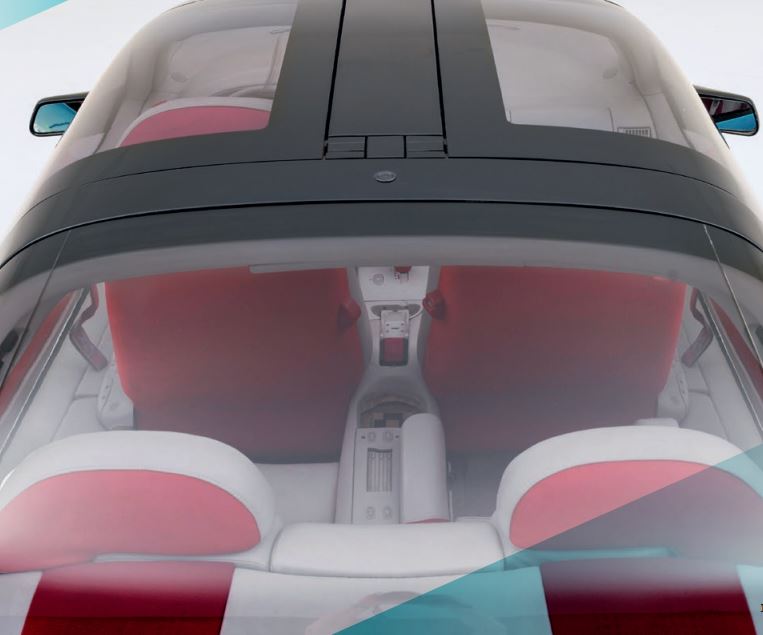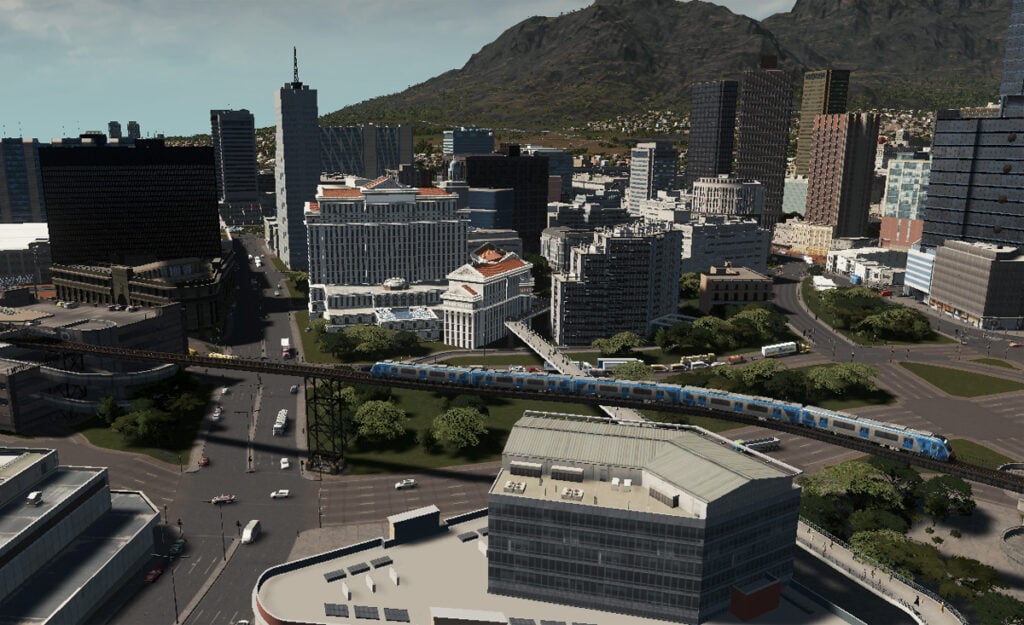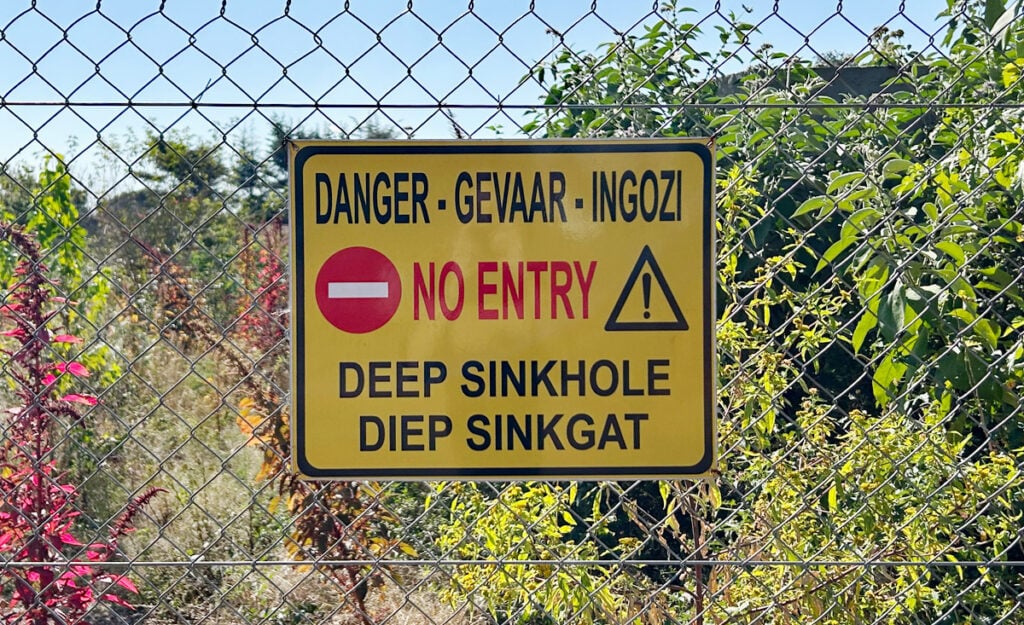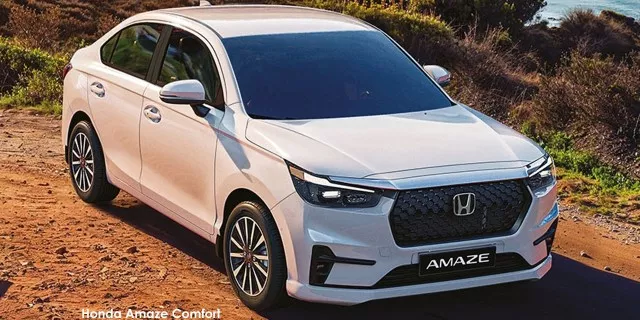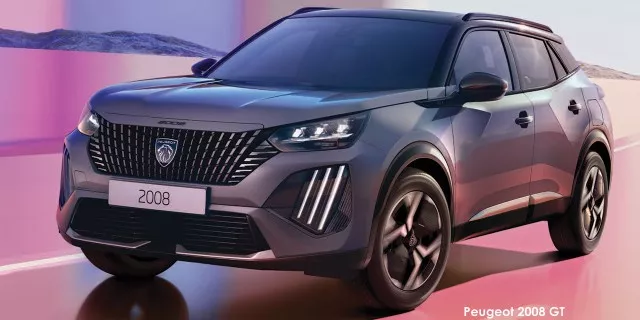The VW Futura concept from 1989 – Check out these Gull Wings
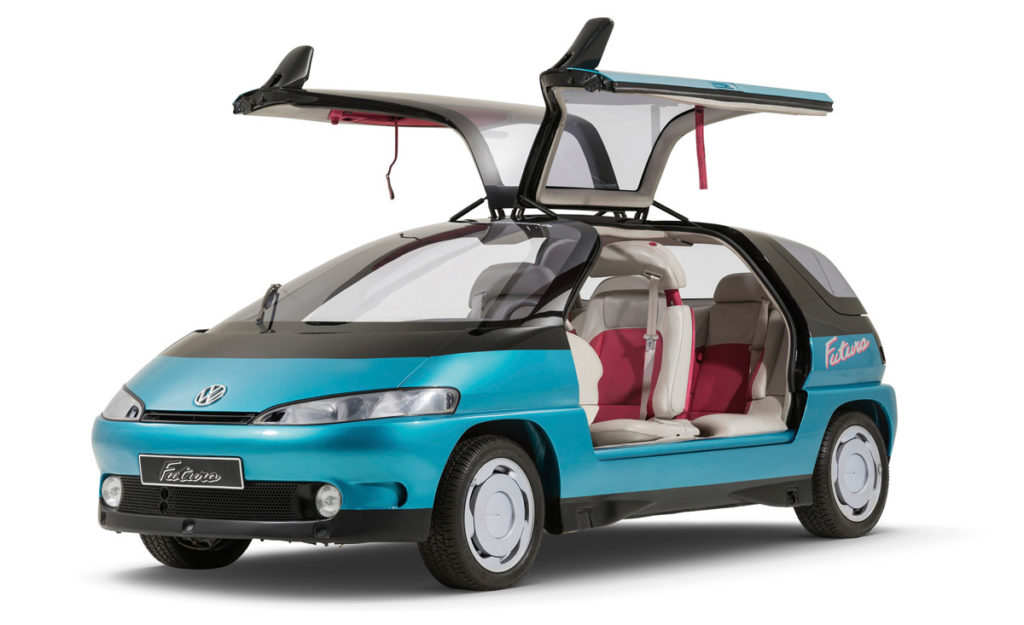
The star of the Geneva International Motor Show in 1989 was none other than the new Integrated Research Volkswagen (IRVW) – the Futura.
This car outlined the vision of the future for Volkswagen, and accordingly received “The car of tomorrow – a reality today” as its slogan.
It featured innovative functions for the time, such as parking sensors and an on-board computer, and had a radical “one box” design.
This design principle meant that the bonnet formed a straight line with the windscreen – which helps tremendously with aerodynamic performance.
Over the years, this vehicle has served as a test bench for Volkswagen and many of the features that are in use in almost every new VW of today can find their roots in the Futura of 1989.
Futura features
The Futura was introduced as a compact car, in 2+2 configuration.
This meant that it had space to easily seat four individuals, as the rear bench was split into two comfortable seats with their own armrests.
The exterior design was quite radical – even for the 80s – and it featured gull-wing doors which opened from the bottom up.
The latter served to give the impression of a larger vehicle, even though the Futura was only 3.78m long and weighed less than 1,000kg.
As if this wasn’t enough, VW also made the glass on the vertical doors, as well as the rear glass panel, removable. This left the front windshield as the only static piece of glass in the car.
After all these were removed, the Futura transformed into an open-top recreational car, built to enjoy the road.
The glass panels weren’t only revolutionary in their removable capabilities, they also served to block 60% of the sun’s “incident energy” coming into the passenger cell while allowing the passengers the best view they could get.
Further focus was put into the two-tone red and “creamy designer white” cabin – and it saw the addition of futuristic features such as distance sensors, parking and braking assistance, a navigation system, an on-board computer, a mobile phone in the centre console, and an electric parking brake.
Due to these innovations, the test vehicle could autonomously park and leave its parking space, and also keep its distance from the vehicle in front using radar.
The on-board computer could calculate the most ideal route for a trip, then display it to the driver on the programmable LCD screen in the dash.
“At the time, we wanted to show what, in our opinion, might play a role in automobile manufacturing during the coming 10-15 years,” said Ulrich Seiffert, Head of Research at Volkswagen from 1978 to 1987.
Engine and steering
The Futura was fitted with an economical 1.7-litre direct injection petrol engine with a new supercharger called “G-Lader.”
This engine produced a maximum output of 60kW and allowed the Futura to race to 100km/h in 15 seconds – while also being able to achieve a top speed of 183km/h.
It lived up to the promise of being “economical” as it only consumed 6.0l/100km, according to VW.
The Futura featured four-wheel steering – a rarity even in 2021 – which means that the rear wheels could turn with, or against, the front wheels depending on the situation.
When they turned with the front wheels, it noticeably increased the stability of the vehicle at higher speeds; and when they turned against the front wheels, it significantly reduced the turning radius of the car, allowing it to squeeze into and out of tight areas.
Volkswagen argues that the Futura still provides an accurate view into the most relevant automotive advances, and that almost all of its features are included as routine in the vehicles of today.

